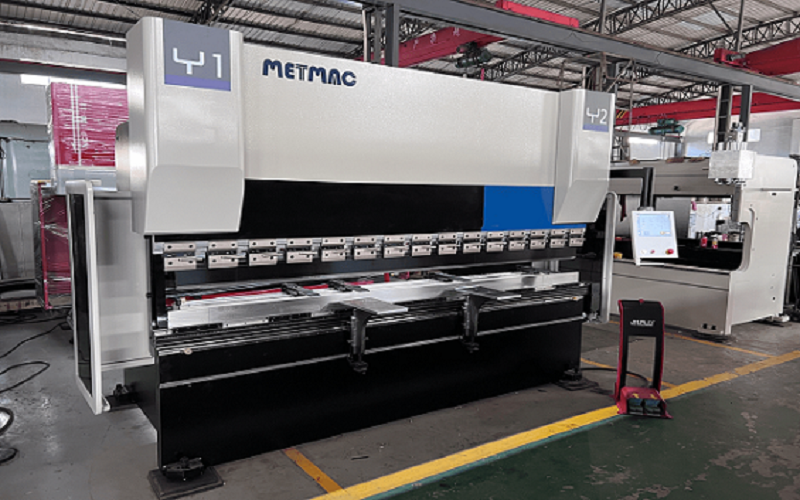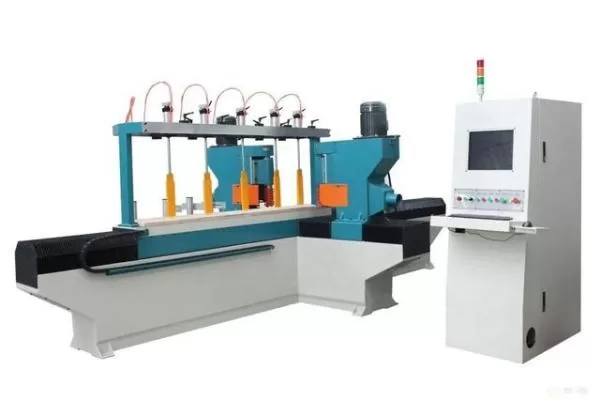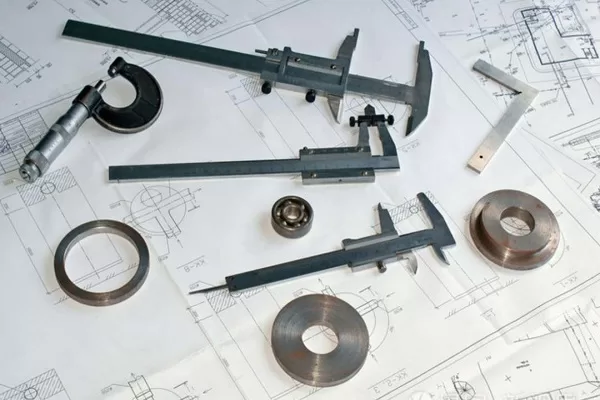
Troubleshooting Common Issues with Metal Folding Machines
- By:Metmac
- 2024-08-05
- 94
Metal folding machines are versatile machines capable of bending metal sheets to create various shapes and angles. However, even with regular maintenance and proper operation, issues can arise that affect the machine’s performance and productivity. Identifying and resolving these issues promptly is essential to ensure efficient and safe operation.
Unprecise Folding Angle
– Improper Knife Gap Setting: The knife gap, the distance between the folding beam and the table, must be set correctly to achieve the desired folding angle. Misalignment can result in uneven or inaccurate bends.
– Worn or Damaged Knives: Over time, knives can become worn or damaged, leading to imprecise folding. Regular inspection and replacement are necessary to maintain optimal performance.
– Machine Calibration: The machine’s calibration can affect the accuracy of the folding angle. Regular calibration ensures that the machine is operating within specified tolerances.
Difficulty in Bending Process
– Insufficient Lubrication: Proper lubrication of moving parts is essential to reduce friction and ensure smooth operation. Insufficient lubrication can cause excessive wear, binding, and difficulty in bending.
– Worn or Damaged Hydraulic System: The hydraulic system provides the power for bending. Worn or damaged components, such as seals, pumps, or valves, can result in reduced pressure or leaks, making bending difficult.
– Overload: Attempting to bend metal beyond the machine’s capacity can overstress the machine, resulting in difficulty in operation and potential damage.
Safety Considerations
– Machine Guarding: Proper machine guarding is crucial to prevent injuries. Missing or damaged guards can expose operators to pinch points and moving parts. Regular inspections and repairs are necessary to ensure safety.
– Electrical Hazards: Metal folding machines use significant electrical power. Improper grounding, damaged wiring, or loose connections can create electrical hazards. Thorough electrical inspections and maintenance are essential.
– Operator Training: Operators should be trained on proper machine operation, safety procedures, and emergency protocols. Untrained operators can increase the risk of accidents.
Troubleshooting Steps
– Visual Inspection: Begin by visually inspecting the machine for any obvious damage, leaks, or loose connections. Check the knives, hydraulic system, and safety guards for any abnormalities.
– Diagnostic Tools: Use appropriate diagnostic tools, such as pressure gauges, to identify potential pressure or flow issues. Electrical testing can help detect electrical faults.
– Consultation with Professionals: If you encounter complex issues or require specialized knowledge, do not hesitate to consult with qualified technicians or the machine manufacturer. They can provide expert guidance and support.
Conclusion
Troubleshooting common issues with metal folding machines requires a systematic approach, attention to detail, and an understanding of the machine’s operation and safety measures. By following these guidelines and proactively addressing issues, you can ensure efficient, accurate, and safe folding operations, maximizing productivity and minimizing downtime. Regular maintenance and preventive measures are essential to maintain the machine’s performance and extend its lifespan.
-
The Advantages of Using a Sheet Roll Forming Machine in Manufacturing
2024/09/14 -
How to Optimize Your Laser Sheet Cutting Machine for Maximum Performance
2024/09/12 -
How to Maximize Efficiency with Modern Sheet Metal Working Machines
2024/09/04 -
The Environmental Benefits of Using Duct Board Grooving Machines
2024/09/03
-
Integrating Automation with Rectangular Duct Machines for Enhanced Productivity
2024/05/11 -
Metal Shear Machines- Essential Tools for Precision Metal Cutting
2024/05/11 -
Understanding the Role and Function of Steel Strip Slitting Machines
2024/05/11 -
Maintenance Tips for Longevity of HVAC Duct Machines
2024/05/11
-
A Guide to the Latest Innovations in Sheet Metal Folding Machines
2024/11/29 -
Key Features to Consider When Investing in a Sheet Metal Folding Machine
2024/11/28 -
Enhancing Precision with Advanced Sheet Metal Folding Machines
2024/11/27 -
How to Choose the Right Sheet Metal Folding Machine for Your Workshop
2024/11/26



